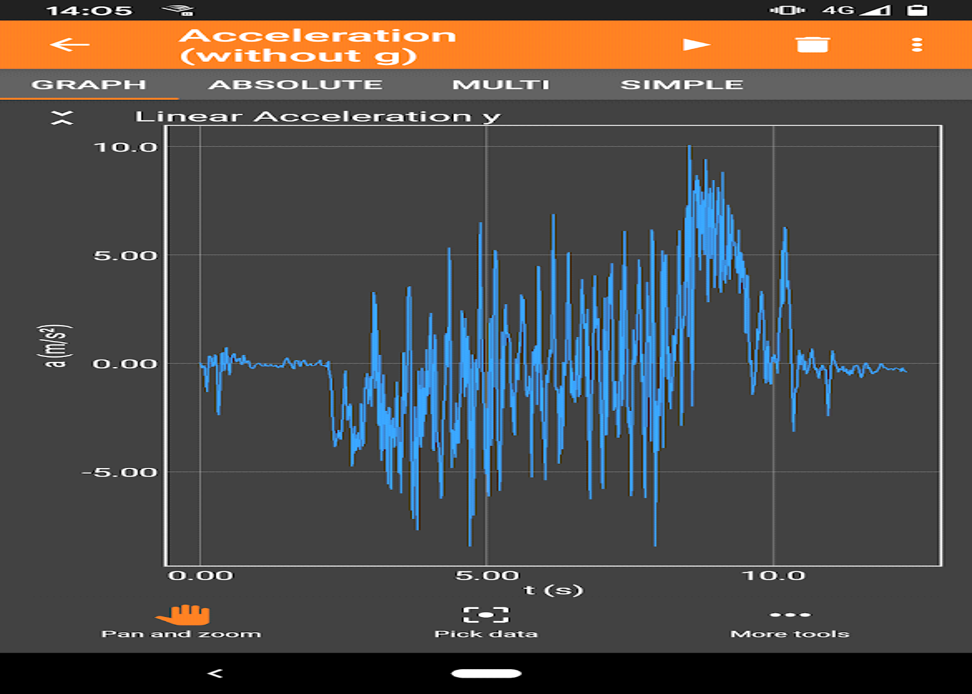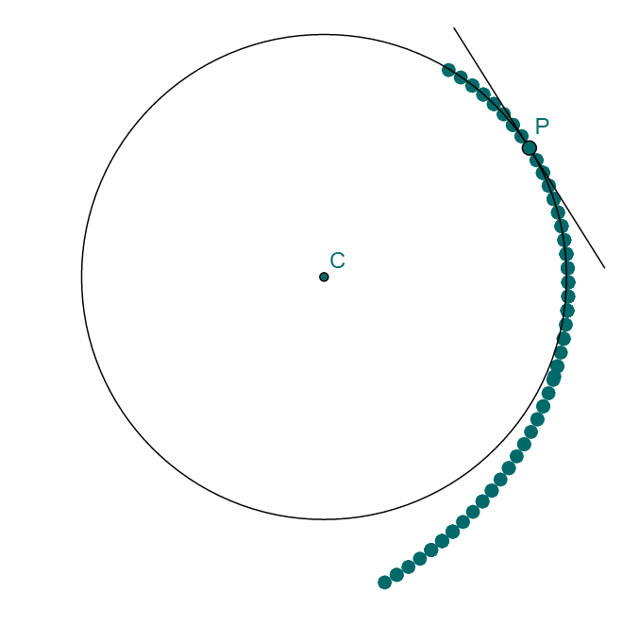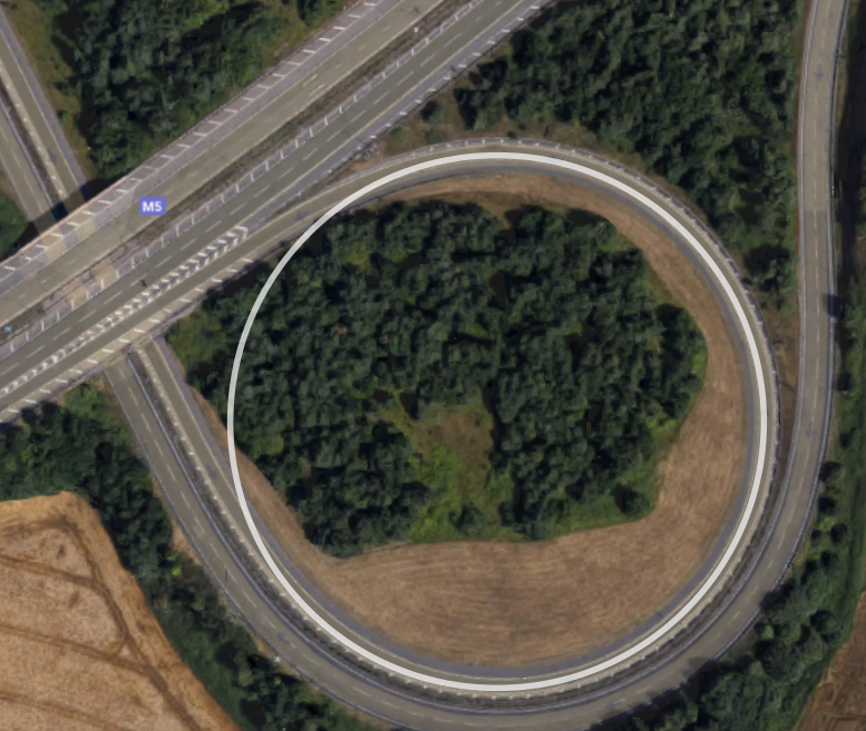Snap, Crackle and Pop. We need Jerks!
Posted: 16 October 2020Welcome to the first of a series on interesting bits of Teaching Physics. This blog is a repository for interesting things I want to share with the physics teaching community Some of these things will have popped up through my work delivering CPD with the IoP, or as part of our teacher or students outreach programme. A few will just be for the joy of it. Any requests happily received, I look forward to see you again – Joe
I thought I’d start this off talking about a KS4/KS5 topic with a name that amuses, Jerk!
Displacement that changes over a period of time, we call velocity. Velocity change over time we call acceleration. Yes, yes, all very familiar but stick with it.
It’s less well known that the chain of “changes over time” continues and that these measurements are useful. The change in acceleration over time in particular I think has enough relevance as to make it a very worthy diversion from just following the A-level syllabus.
It is interesting that we only really experience one of displacement, velocity and acceleration. As many GCSE students will be able to tell you, force and acceleration are linked by the mass of the object and whenever we are experiencing a force, we are effectively experiencing an acceleration, for example if we are speeding up in a car, we experience a force between us and the seat. We also experience these forces as we change direction. At a constant velocity however, we notice nothing.
If we can sense acceleration, and the absence of it, it follows that we can detect and experience the changes in acceleration and how the forces on us vary over time. In order to actually describe these changes however we need a term we never normally meet:
Jerk is a measure of how the acceleration changes over time. It is the rate of change of acceleration, and though this might be the first you have heard the term, it is certainly something you have experienced. It is the change in an accelerating force.
When we are in a car and accelerate as the lights change to green, our acceleration is not constant. In this situation our acceleration is changing, so the motion sensation we are feeling is more likely jerk.
But what has breakfast cereal got to do with it all?
Snap, crackle and pop, in this case are nothing to do with your first meal of the day, and everything to do with continuing this study of the way that things change.
Snap in turn is a rate of change of Jerk, the rate at which, the rate of change of acceleration, changes!
Crackle is the rate of change of snap and pop the rate of change of crackle!
Consider the following. Velocity does not suddenly switch on, but instead grows from zero. So, there must be some acceleration involved. Similarly, acceleration does not suddenly switch on, but instead grows from zero. So, there must be some jerk involved. But the jerk does not suddenly switch on, it also grows from zero, and so on.
A classic example used to illustrate the usefulness of Jerk in language is a learner driver; Unlike the smooth acceleration of an experienced person, a learner typically accelerates in a fashion that causes judder and discomfort. The acceleration is not smooth, the Jerk is significant.
Taking a Phyphox equipped phone out for a bicycle ride clearly shows how the term Jerk may assist. Lets look at this short recording of my ride.

In the first approx. 3 seconds of the journey I was rolling along very smooth new tarmac. The ride is pleasant and I am experiencing little change in acceleration. After this point I hit the rough, older tarmac. The vibration and the discomfort produced by the rough tarmac is significant and my acceleration changes sharply. Finally, at approx. 8 seconds you can clearly see the point at which I hit a pothole and nearly get jerked out of my seat!
Cornering is the perfect framework for discussing how these higher derivatives are important in our lives and how Jerk in particular is experienced. In the design of for example a railway track, the jerk is a critical part of safety as changes from straight to curved need to be carefully considered. The difference in experience between a sharp curve and and gentle one comes down to the centripetal acceleration toward the center of the arc. A smooth transition from a straight section into a curve is a comfortable, predictable and safe experience. A very sharp change of acceleration (a large jerk) and the transition is uncomfortable for passengers and could even cause the train to become derailed. In the case of tracks and roads it is common to use a transition called a clothoid curve which gives a transition of gradual jerk and approximately constant snap. In other words it produces a smooth increase in radial acceleration. The example below shows a clothoid transition from straight to curved along the line of points.

In motor sports racing, where the friction between track and car/bike is critical, any peak in the force required to corner can cause the traction to fail and the car to crash, the fastest route around the track then is is to follow a clothoid curve into and out of the corners, maintaining the maximum speed possible according to the friction available. Most crashes happen on the turn into bends where the change in acceleration is too abrupt.
On the topic of avoiding crashes here is an image of the junction between two roads, the M5 and the A30, you can clearly see the clothoid curve easing the transition into, and out of, the circular part of the road.

In summary then, lets go one further and talk about Jerks a bit more in our mechanics teaching!
